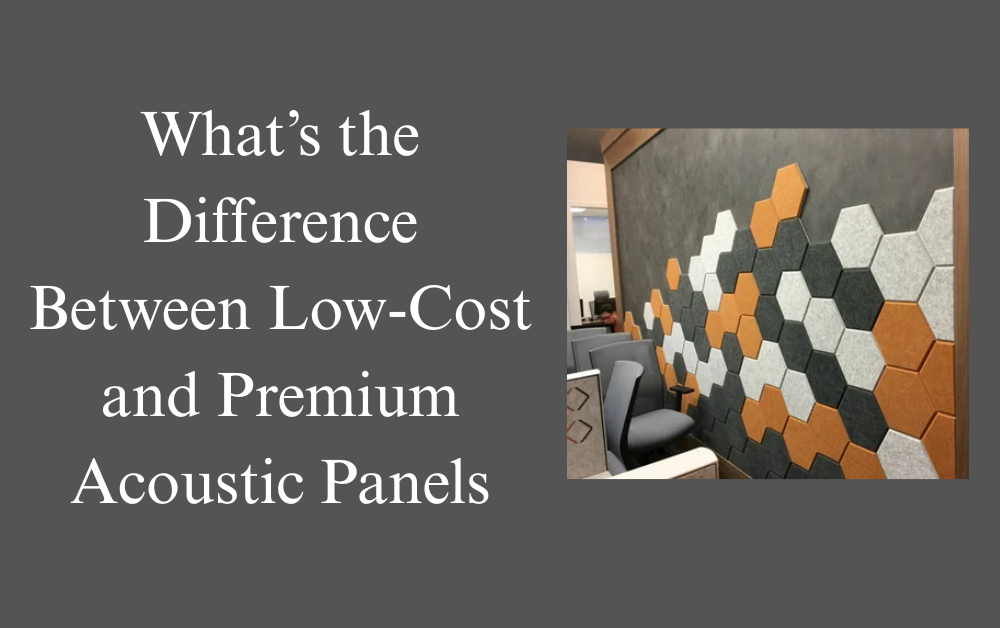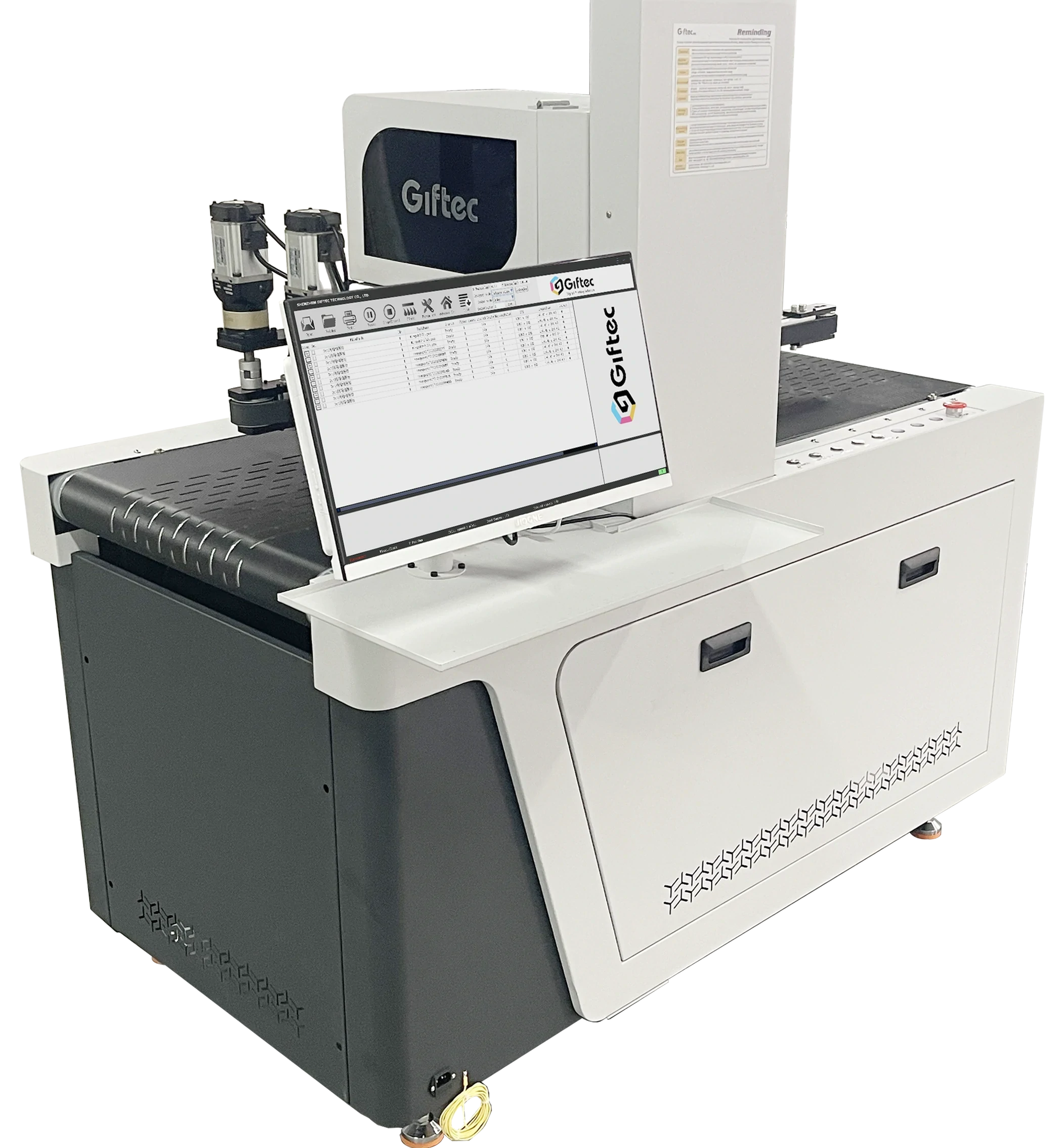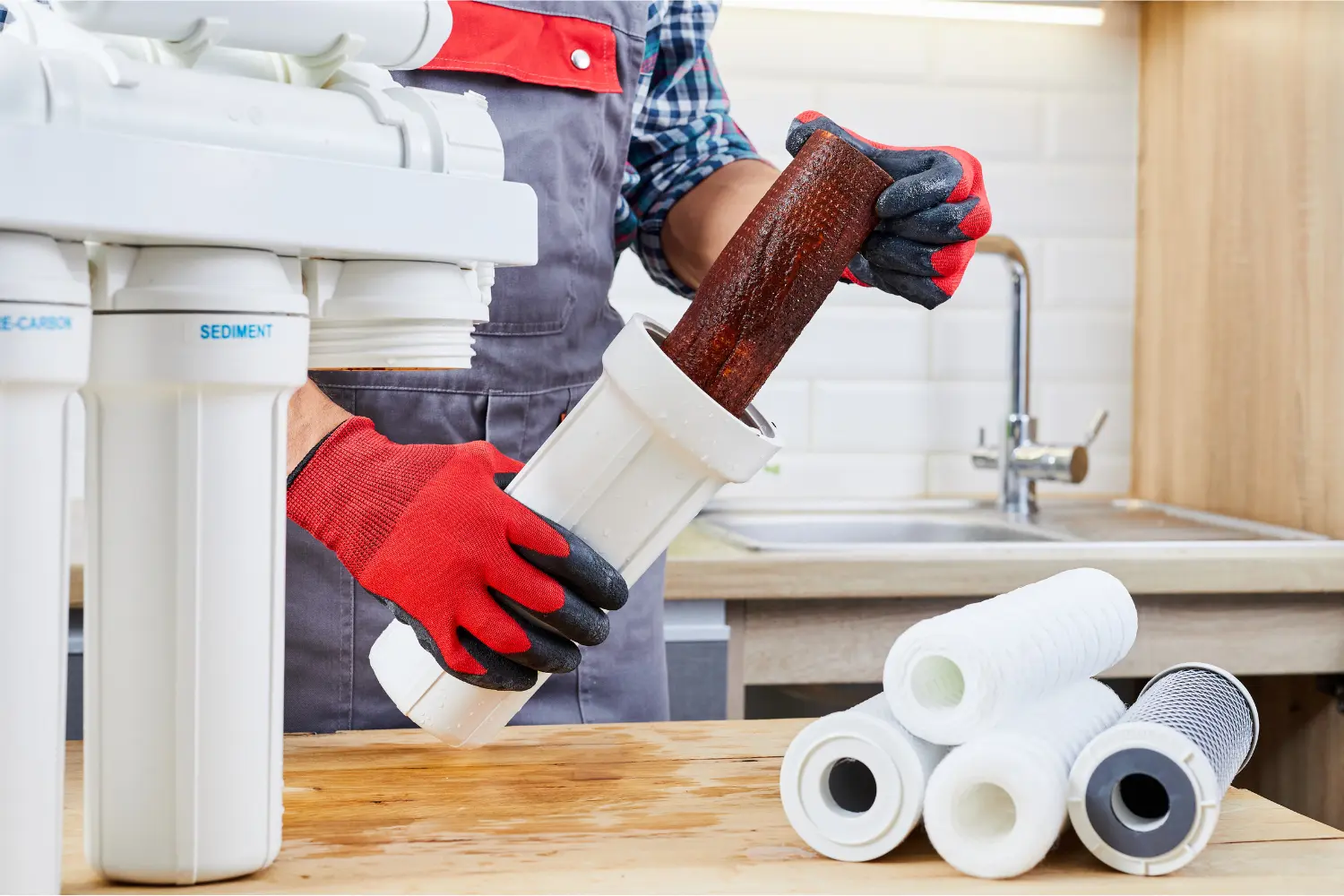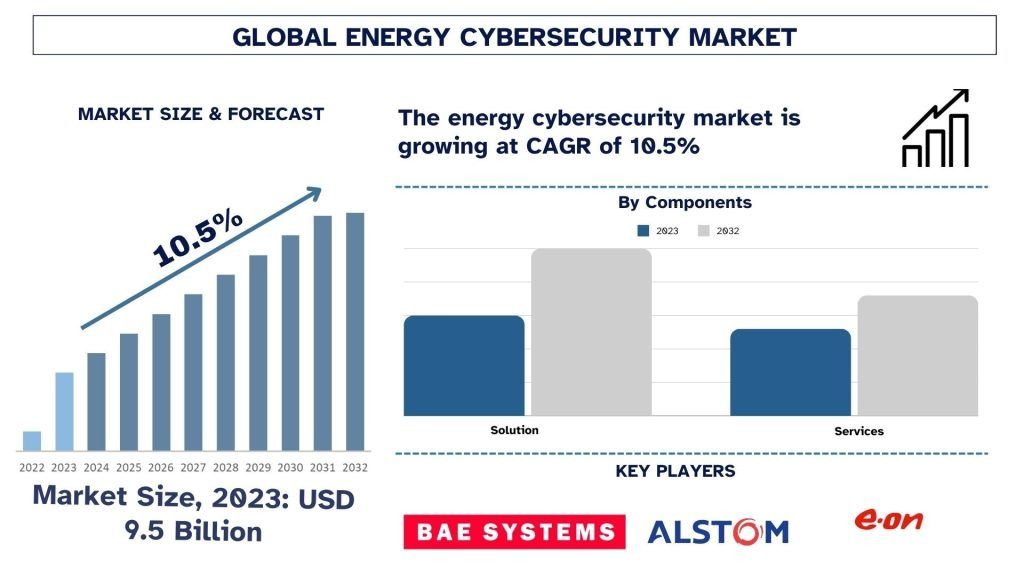When you start looking for acoustic panels for your home, office, or studio, you’ll find many different options. Some panels are very cheap, while others are quite expensive. You might wonder – what’s the real difference between low-cost and premium acoustic panels? And is it worth paying more?
In this blog, we’ll break everything down in a simple way so you can clearly understand how they are different and what makes some panels more expensive than others.
Note : Want to know the best acoustic panels price for your space?Get in touch with us today and we’ll help you choose the right panels that fit your budget and your sound needs.
Why Do People Use Acoustic Panels?

Acoustic Panels Help Reduce Noise and Echo
Acoustic panels are used to control sound in a room. They help reduce noise, echo, and make the sound clearer. These panels are often used in:
- Music recording studios
- Home theatres
- Offices
- Conference rooms
- Classrooms
- Home living areas with a lot of echo
When sound hits walls, it bounces around. Acoustic panels absorb this sound, making the room feel quieter and more comfortable to talk or listen in.
What Makes Low-Cost and Premium Acoustic Panels Different?
Let’s look at the key areas where low-cost and premium panels are not the same.
1. Material Quality
Low-Cost Panels Use Basic Materials
Cheaper panels are usually made from low-density foam or polyester. These materials may look similar to expensive ones but do not absorb sound very well. They might reduce some echo, but they often don’t perform well with deeper or low-frequency sounds.
Premium Panels Use High-Density and Better Materials
High-end panels are made from materials like compressed fiberglass, mineral wool, or high-density acoustic foam. These materials are much better at absorbing a wider range of sounds – from high-pitched voices to deep bass.
Why this matters: If you need better sound quality – like for music or important meetings – higher material quality makes a big difference.
2. Sound Absorption Performance (NRC Rating)
Low-Cost Panels Usually Have Lower NRC Ratings
NRC stands for Noise Reduction Coefficient. It’s a number between 0 and 1 that shows how much sound a panel can absorb.
- A low-cost panel might have an NRC rating of 0.3 to 0.6, which means it only absorbs 30% to 60% of sound.
Premium Panels Have Higher NRC Ratings
Premium panels often have an NRC of 0.8 to 1.0, which means they absorb up to 80% to 100% of sound waves. This leads to much cleaner sound and less echo.
Why this matters: If you need a quiet space or better sound clarity, NRC rating is very important.
3. Appearance and Design
Low-Cost Panels Look Simple and Basic
Cheap panels are often plain, flat, and come in limited colors. They may also look rough or uneven and are usually meant to be hidden.
Premium Panels Look More Stylish
Premium panels come in a variety of colors, shapes, textures, and fabric finishes. Some even look like artwork or designer wall panels. This makes them great for offices, conference rooms, or living spaces where looks matter too.
Why this matters: If the panels will be visible, premium ones are better for style and design.
4. Durability and Lifespan
Low-Cost Panels May Wear Out Faster
Cheaper panels can lose their shape, fade in color, or break down over time. Especially if the room is humid or hot, the materials might start falling apart.
Premium Panels Last Longer
Premium acoustic panels are made to last. Their materials are more heat-resistant, moisture-resistant, and stronger overall. You won’t have to replace them often, even after years of use.
Why this matters: Long-term savings and fewer replacements.
5. Fire Safety
Not All Low-Cost Panels Are Fire Safe
Some cheaper acoustic panels are not tested for fire safety and could catch fire easily. This is a big risk in homes or public buildings.
Premium Panels Often Follow Fire Safety Standards
Most high-end panels are fire-rated and follow international safety rules. This makes them a safer option for schools, hotels, offices, or homes.
Why this matters: Fire safety should never be ignored, especially in shared or public spaces.
6. Installation and Customization
Low-Cost Panels Might Be DIY but Less Flexible
Cheap panels are often sold in standard sizes and shapes. Installation might be DIY (Do It Yourself), but they may not fit all rooms or corners properly.
Premium Panels Offer More Flexibility
Premium brands often offer custom sizes, shapes, and professional installation. Some even include free layout planning. They can also be moved and reused without damage.
Why this matters: For special projects or perfect fitting, premium panels offer more support.
Which One Should You Choose?
Let’s break it down simply based on your needs and budget.
Choose Low-Cost Panels If:
- You just want to reduce some echo in a small room
- You’re on a tight budget
- Appearance and exact sound control are not very important
- It’s for a temporary setup or home project
Choose Premium Panels If:
- You need professional sound quality (for studio or meetings)
- You want good-looking panels that match your room
- You want the panels to last longer
- You care about fire safety and higher performance
- You need custom sizes or installation help
Common Questions About Acoustic Panels and Price
Do More Expensive Panels Always Mean Better Quality?
Not always, but in most cases, higher price means better materials, design, and sound absorption. It’s a good idea to check the NRC rating and material type before buying.
Can You Mix Low-Cost and Premium Panels?
Yes, you can. Some people use premium panels in key places (like behind speakers or where the echo is strongest) and use low-cost ones in other areas. This can save money and still give good results.
How Much Do Acoustic Panels Cost?
Prices can vary a lot depending on type and size:
- Low-cost foam panels: AED 10–30 per piece
- Mid-range panels: AED 50–100 per piece
- Premium panels: AED 150–500+ per piece
Custom panels or branded options may cost even more.
Final Thoughts: Is the Price Difference Worth It?
The difference between low-cost and premium acoustic panels is more than just money. It’s about:
- How well they absorb sound
- How long they last
- How safe they are
- How they look
- How easy they are to install
If you only need a small fix or are working with a tight budget, low-cost panels might be enough. But if you’re aiming for professional sound control, long-term value, and style, then premium panels are worth the price.
For more insightful articles related to this topic, feel free to visit : techners












Leave a Reply